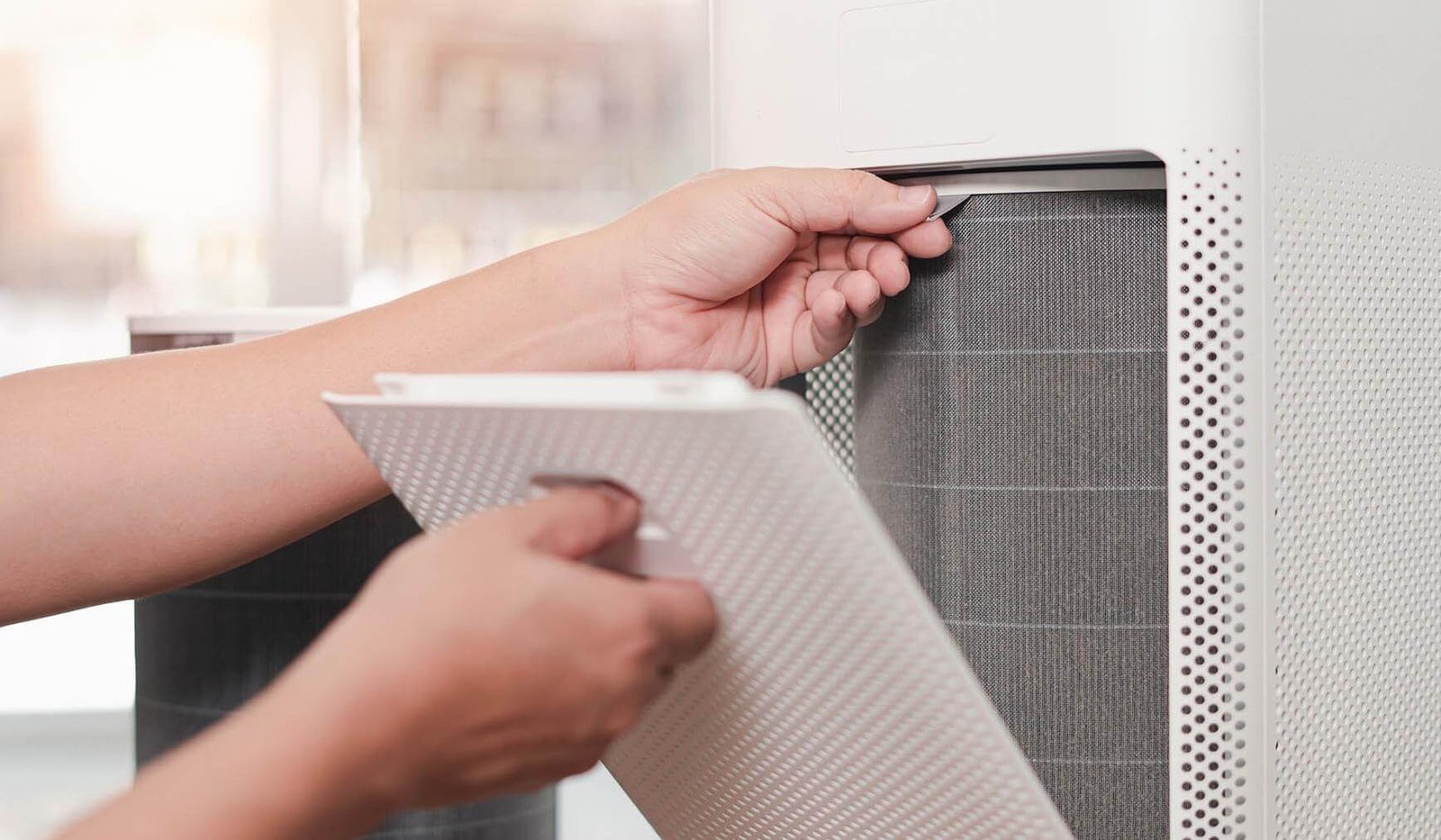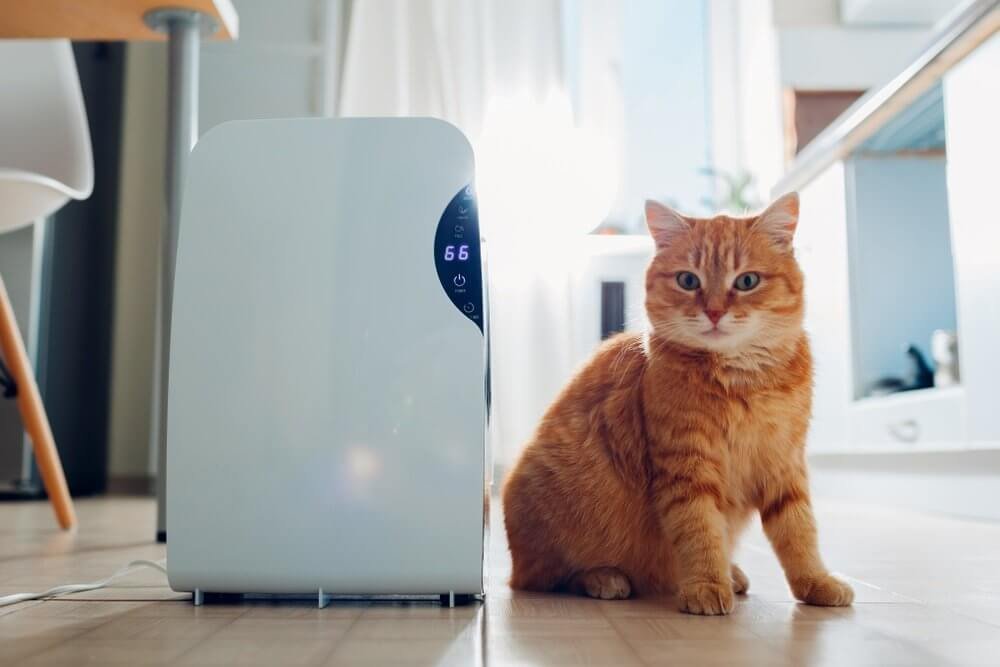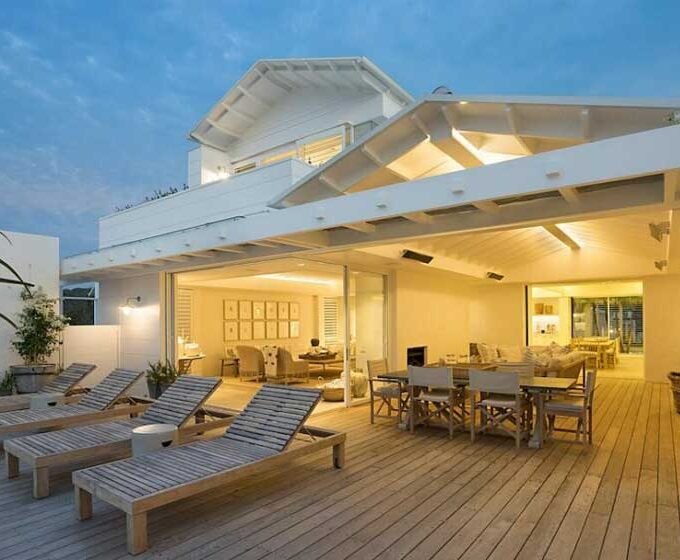In today’s world, where indoor air pollution is a concern, using an air purifier correctly can significantly improve the quality of the air you breathe. Air purifiers help remove harmful pollutants and allergens, providing cleaner and healthier indoor environments. However, to maximize the benefits of an air purifier, it’s essential to understand how to use it effectively. In this article, we will guide you through the proper usage of an air purifier, ensuring you make the most of this valuable device to achieve cleaner and fresher air in your home.
The Importance of Using an Air Purifier
Indoor air pollution is a serious issue that can impact our health and well-being. From dust, pet dander, and pollen to volatile organic compounds (VOCs) and airborne bacteria, our indoor air can be riddled with pollutants. Breathing in polluted air can lead to respiratory problems, allergies, and even long-term health issues. By using an air purifier correctly, you can significantly reduce these risks and create a healthier living environment for you and your family.
Check out this link for a detailed comparison between Levoit 400S and 600S air purifiers: https://myintelligenthouse.com/levoit-400s-vs-600s/.
Understanding Air Purifiers: How They Work
Air purifiers work by capturing and filtering out airborne pollutants. They utilize various technologies, including HEPA filters, activated carbon filters, and electrostatic precipitation, to trap and remove contaminants from the air. HEPA filters, for example, can capture particles as small as 0.3 microns with high efficiency. Understanding the functioning of air purifiers will help you appreciate their effectiveness and make informed decisions when selecting one for your home.
Assessing Your Indoor Air Quality: Identifying Pollutants
Before using an air purifier, it’s essential to assess your indoor air quality. Identify the common pollutants present in your home, such as dust, pet dander, mold spores, or cigarette smoke. You can conduct a simple visual inspection or opt for more advanced air quality monitors to measure the concentration of particulate matter, VOCs, or humidity levels. Assessing your indoor air quality will help you determine the appropriate type and size of air purifier needed to address specific pollutants.

Choosing the Right Air Purifier: Factors to Consider
Selecting the right air purifier is crucial for effective air purification. Consider factors such as the size of the room, the Clean Air Delivery Rate (CADR), and the type of filtration system. For larger rooms, choose a purifier with a higher CADR to ensure sufficient air circulation. If allergies are a concern, opt for an air purifier with a HEPA filter to capture allergens effectively. Carefully evaluate your needs and compare different models to make an informed decision.
Proper Placement: Optimizing Air Circulation
Proper placement of your air purifier plays a vital role in its effectiveness. Place the purifier in the room where you spend the most time, such as the bedroom or living room. Ensure that it is positioned away from obstacles that could block air circulation, such as furniture or curtains. Keep doors and windows closed to prevent outdoor pollutants from entering the room. By optimizing air circulation, you allow the purifier to efficiently capture and filter the air in the space.
Maintenance and Filter Replacement: Ensuring Effectiveness
Regular maintenance and filter replacement are essential for the continued effectiveness of your air purifier. Follow the manufacturer’s instructions for cleaning and maintaining the device. Clean the exterior regularly, and vacuum or wipe down the filters as recommended. Additionally, stay vigilant about filter replacement schedules. Over time, filters become clogged with captured pollutants, diminishing the purifier’s efficiency. By maintaining and replacing filters as needed, you can ensure optimal performance and cleaner air quality.
Setting the Correct Fan Speed: Balancing Efficiency and Noise
Most air purifiers offer multiple fan speed settings. When using an air purifier, consider the balance between efficiency and noise. Higher fan speeds provide more rapid air circulation and filtration but may generate more noise. Lower fan speeds offer quieter operation but may take longer to clean the air effectively. Adjust the fan speed based on your preferences and the level of air pollution in your environment.
Using Additional Features: Humidifiers, Ionizers, and UV-C Lights
Some air purifiers come with additional features that can enhance air quality further. Humidifiers help maintain optimal humidity levels, especially in dry climates, preventing dryness and discomfort. Ionizers release negatively charged ions that can attach to airborne particles, making them easier to capture by the filters. UV–C lights can sterilize and eliminate bacteria and viruses. Understand the functionality of these additional features and use them appropriately to meet your specific needs.
Creating Good Ventilation: Complementing Air Purification
While air purifiers are effective in reducing indoor pollutants, good ventilation is also crucial for maintaining healthy air quality. Open windows periodically to allow fresh outdoor air to circulate and dilute indoor pollutants. Use exhaust fans in kitchens and bathrooms to remove odors and moisture. By combining air purifiers with proper ventilation practices, you can create a well-rounded approach to cleaner indoor air.
Tips for Enhanced Indoor Air Quality: Beyond Air Purifiers
Using an air purifier is just one aspect of maintaining good indoor air quality. Implement additional practices to further improve the air you breathe. Regularly clean and vacuum your home to reduce dust and allergens. Keep pets off furniture and bedding to minimize dander. Avoid smoking indoors and use natural cleaning products to limit the release of harmful chemicals. By adopting these habits, you create a healthier living environment for yourself and your loved ones.
Common Mistakes to Avoid: Misconceptions and Misuse
In using air purifiers, it’s essential to be aware of common mistakes to avoid. One common misconception is expecting immediate results. Air purification takes time, and the effectiveness of the purifier depends on various factors. Another mistake is placing the air purifier too far away from the source of pollutants or obstructing its air intake and exhaust. Avoid these and other common pitfalls to ensure you get the most out of your air purifier.
The Benefits of Using an Air Purifier Correctly
Using an air purifier correctly can bring numerous benefits to your life. Cleaner air reduces the risk of respiratory issues, allergies, and asthma. It provides a healthier environment for children, the elderly, and those with compromised immune systems. Additionally, cleaner air can enhance sleep quality, improve concentration, and boost overall well-being. By following the proper usage guidelines, you unlock the full potential of an air purifier and enjoy the advantages of cleaner and fresher air.
Conclusion
In conclusion, using an air purifier correctly is key to achieving cleaner and healthier indoor air. By understanding how air purifiers work, assessing your indoor air quality, and selecting the right purifier for your needs, you can make a significant impact on the air you breathe. Proper placement, maintenance, and utilizing additional features can further enhance air purification. Remember to complement air purifiers with good ventilation practices and adopt habits that promote overall indoor air quality. By following these guidelines, you can breathe clean and fresh air, promoting better health and well-being for you and your loved ones.
















